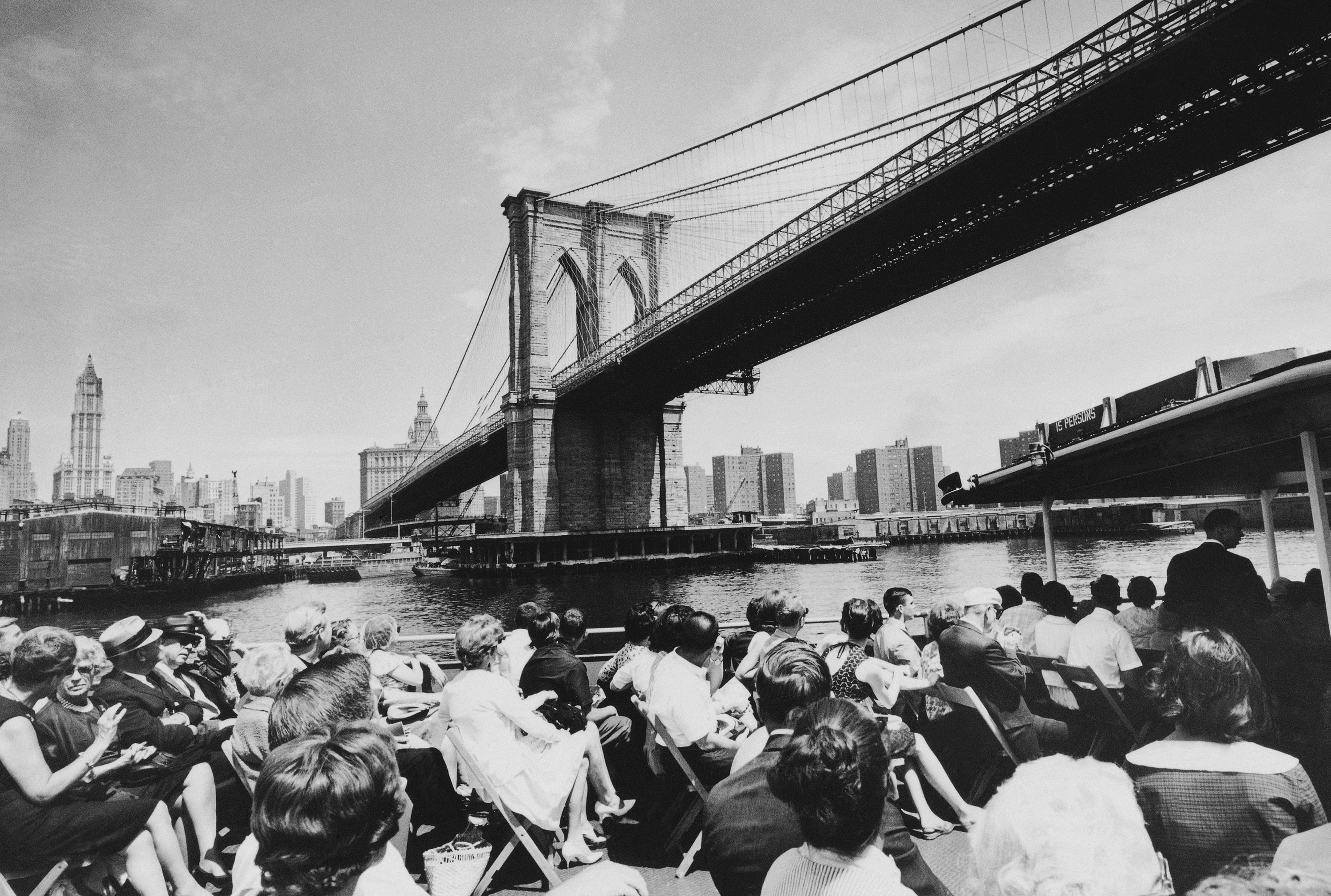Ask a historian: the Waterfall Apartments, the Mosaic House and more

Brooklyn Bridge on July 3, 1964. (AP Photo)
Occasionally several questions are submitted that cannot, by themselves, fill a column. Here they are.
Donald from Midwood asks: “When I attended Midwood High School in 1970, I walked past an apartment house with a real waterfall and real seals on Avenue I and East 16th Street. Was anything written about it?
Not that I could find.

Brooklyn Boro
View MoreNew York City’s most populous borough, Brooklyn, is home to nearly 2.6 million residents. If Brooklyn were an independent city it would be the fourth largest city in the United States. While Brooklyn has become the epitome of ‘cool and hip’ in recent years, for those that were born here, raised families here and improved communities over the years, Brooklyn has never been ‘uncool’.